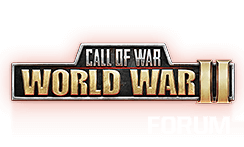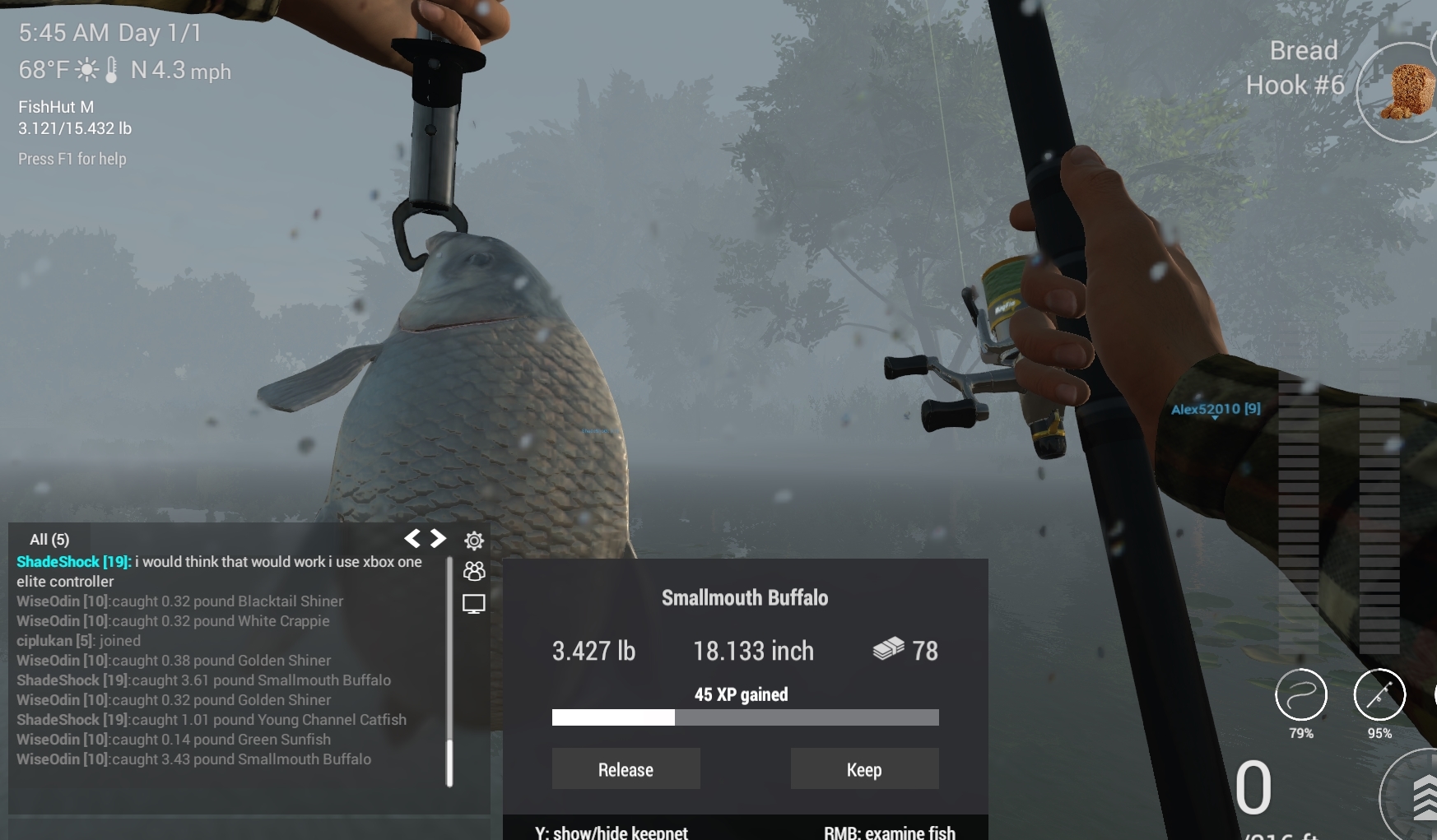Hello, im not sure if this is the correct place for my question, or if i will even be allowed an answer but here goes.
After playing for a few days i have noticed the rather complex combat mechanics with terrain, forts, unit types ect.
my question to you is: is it possible for anyone to tell me (ideally via a private message if possible) the math behind an attack?
as i have tried to explain to members in global i understand that each unit is added together, their stats are individually affected by terrain, and the army as a whole is given a defencive buff if there is a fortress.
i would like to know the order in which these events happen my current theory is this:
Units are all given their terrain bonuses from being in a city*
City setting:
3 Infantry 3.0 = 3.0
2 armoured car 2.0 -50% = 1.0
1 Light tank 2.5 -50% =1.25
== 3.0 , 1.0 , 1.25.
Units are now added together with their new base stats.
3+1+1.25 = 5.25
All units are now given a defence boost if they are inside a fortress.
level 1 fortress 32%
1.32*5.25 =
6.93 strength.
However if done in a different order such as:
All units are now given a defence boost if they are inside a fortress.
3 Infantry 3.0 32% = 3.96
2 armoured car 2.0 32% = 2.64
1 Light tank 2.5 32% = 3.3
units are then given their terrain bonuses.
3 Infantry 3.96
2 armoured car 2.64 -50% = 1.32
1 Light tank 3.3 -50% = 1.65
Units are added together
6.93
awkward, they are the same so the chat was right and it doesnt matter..
nonetheless, is this the correct formula?
After playing for a few days i have noticed the rather complex combat mechanics with terrain, forts, unit types ect.
my question to you is: is it possible for anyone to tell me (ideally via a private message if possible) the math behind an attack?
as i have tried to explain to members in global i understand that each unit is added together, their stats are individually affected by terrain, and the army as a whole is given a defencive buff if there is a fortress.
i would like to know the order in which these events happen my current theory is this:
Units are all given their terrain bonuses from being in a city*
City setting:
3 Infantry 3.0 = 3.0
2 armoured car 2.0 -50% = 1.0
1 Light tank 2.5 -50% =1.25
== 3.0 , 1.0 , 1.25.
Units are now added together with their new base stats.
3+1+1.25 = 5.25
All units are now given a defence boost if they are inside a fortress.
level 1 fortress 32%
1.32*5.25 =
6.93 strength.
However if done in a different order such as:
All units are now given a defence boost if they are inside a fortress.
3 Infantry 3.0 32% = 3.96
2 armoured car 2.0 32% = 2.64
1 Light tank 2.5 32% = 3.3
units are then given their terrain bonuses.
3 Infantry 3.96
2 armoured car 2.64 -50% = 1.32
1 Light tank 3.3 -50% = 1.65
Units are added together
6.93
awkward, they are the same so the chat was right and it doesnt matter..
nonetheless, is this the correct formula?




